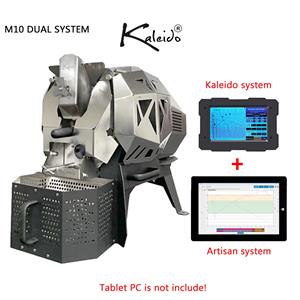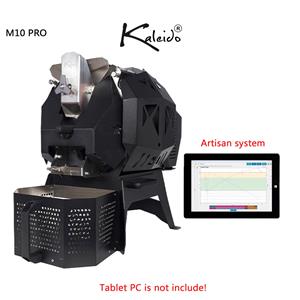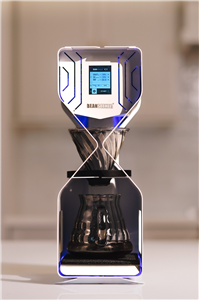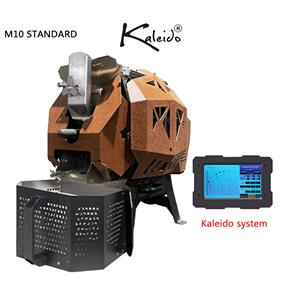Discussion about coffee beans roasting
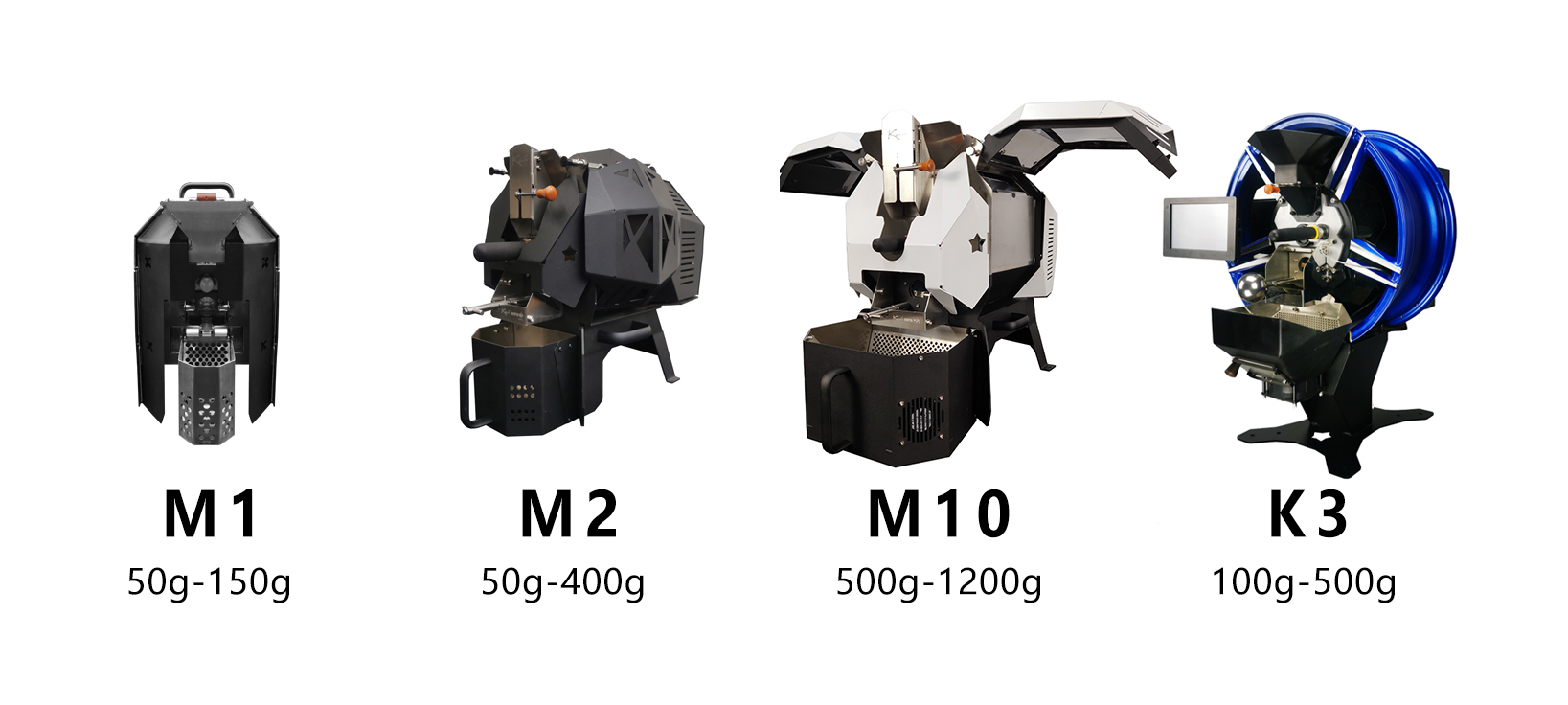
Recently, we have been researching and discussing some issues related to roasting with many coffee friends, mainly the following points:
1.What is dehydration (dehydration in a few degrees)
2.What is the climbing temperature (how many degrees does the climbing temperature take)
3.How to avoid smoky smell (throttle problem)
4.What is taxiing? (The benefits of sliding?)
Below are our opinions for sharing:
1; What is dehydration:
Generally refers to the roasting process below 170℃. The dehydration time required for different roasting appliances, but to control it at 5 to 8 minutes is the best. It mainly depends on the moisture content of the coffee beans. (generally, the moisture content of new beans is a little more. You can extend the dehydration time)
2; What is climbing temperature:
Usually the temperature climbing speed of roasting is controlled between 7~14℃ (per minute). This is related to the of firepower control. Better temperature climbing speed is controlled at about 10 degrees. The temperature climbing speed is different for different beans moisture content. (Generally refers to the speed of temperature rise)
The temperature climbing speed of hard beans and seasonal beans (new beans have more water content, 12%-14%) is slower. Need to extend the dehydration time. The temperature climbing speed of soft beans or old beans (about 12% lower in water content) is faster. Need to shorten the dehydration time.
3. What is exhausting smoke;
The amount of smoke exhausted starts to be obvious at about 180 degrees. Smoke becomes larger from the first crack, and it reaches the max after the second crack. (The deeper the roasting degree, the greater the amount of smoke) At this time, the exhausting should be fully opened to avoid and reduce the smell of smoke.
4; What is sliding:
This is what many roasting beginners ask and want to know about. In fact, the sliding action is to decrease temperature or turn off the fire, and use the temperature of the boiler to continue roasting. During the whole roasting process, the beans are absorbing heat. Only the first and second cracks are exothermic actions. During these two stages, you’d better not to increase the fire to roast, otherwise the beans will easily taste spicy.
Sliding is under the fire is turned off. Beans are continue to be roasted slowly by the residual temperature of the boiler and the temperature generated by the release of heat from the beans during the burst period. (roasting at residual temperature, similar to simmering rice) But one thing to note is:
Sliding is enough to leave the fire source, and let the beans dissipate naturally, and the time should not be too long. If you want to lock the flavor, you must use the fans to cool down quickly, which can better retain the flavor.
Sliding is not applicable to all beans and all roasting degrees (for lightly roasted beans, sliding is not recommended).
Beans before moderate roasting (after the first burst and before the second burst, this period of time) are generally at the time when the temperature says the beans will be released. Do not have the sliding "drag time" to release the beans, which will change the origin of the varieties. The flavor of the beans is roasted by sliding.
1. The roasted beans must be cooled immediately. The faster the better. So can lock the flavor of the beans and avoid loss.
2; The best roasting time is 12-15 minutes and the flavor is best (take half a pound as an example). Italian style needs longer roasting time. European and American quick-fried or Japanese-style slow-fried also have their own characteristics and flavors.
3; As for the oil problem of beans, the richer the oil we drink, the better the taste. The beans with less oil have a thin and boring taste.
If the temperature is too high due to improper control, the roasted beans will be very oily. So drink it as soon as possible within a few days to avoid excessive oxidation.
Recently, we have been researching and discussing some issues related to roasting with many coffee friends, mainly the following points:
1.What is dehydration (dehydration in a few degrees)
2.What is the climbing temperature (how many degrees does the climbing temperature take)
3.How to avoid smoky smell (throttle problem)
4.What is taxiing? (The benefits of sliding?)
Below are our opinions for sharing:
1; What is dehydration:
Generally refers to the roasting process below 170℃. The dehydration time required for different roasting appliances, but to control it at 5 to 8 minutes is the best. It mainly depends on the moisture content of the coffee beans. (generally, the moisture content of new beans is a little more. You can extend the dehydration time)
2; What is climbing temperature:
Usually the temperature climbing speed of roasting is controlled between 7~14℃ (per minute). This is related to the of firepower control. Better temperature climbing speed is controlled at about 10 degrees. The temperature climbing speed is different for different beans moisture content. (Generally refers to the speed of temperature rise)
The temperature climbing speed of hard beans and seasonal beans (new beans have more water content, 12%-14%) is slower. Need to extend the dehydration time. The temperature climbing speed of soft beans or old beans (about 12% lower in water content) is faster. Need to shorten the dehydration time.
3. What is exhausting smoke;
The amount of smoke exhausted starts to be obvious at about 180 degrees. Smoke becomes larger from the first crack, and it reaches the max after the second crack. (The deeper the roasting degree, the greater the amount of smoke) At this time, the exhausting should be fully opened to avoid and reduce the smell of smoke.
4; What is sliding:
This is what many roasting beginners ask and want to know about. In fact, the sliding action is to decrease temperature or turn off the fire, and use the temperature of the boiler to continue roasting. During the whole roasting process, the beans are absorbing heat. Only the first and second cracks are exothermic actions. During these two stages, you’d better not to increase the fire to roast, otherwise the beans will easily taste spicy.
Sliding is under the fire is turned off. Beans are continue to be roasted slowly by the residual temperature of the boiler and the temperature generated by the release of heat from the beans during the burst period. (roasting at residual temperature, similar to simmering rice) But one thing to note is:
Sliding is enough to leave the fire source, and let the beans dissipate naturally, and the time should not be too long. If you want to lock the flavor, you must use the fans to cool down quickly, which can better retain the flavor.
Sliding is not applicable to all beans and all roasting degrees (for lightly roasted beans, sliding is not recommended).
Beans before moderate roasting (after the first burst and before the second burst, this period of time) are generally at the time when the temperature says the beans will be released. Do not have the sliding "drag time" to release the beans, which will change the origin of the varieties. The flavor of the beans is roasted by sliding.
1. The roasted beans must be cooled immediately. The faster the better. So can lock the flavor of the beans and avoid loss.
2; The best roasting time is 12-15 minutes and the flavor is best (take half a pound as an example). Italian style needs longer roasting time. European and American quick-fried or Japanese-style slow-fried also have their own characteristics and flavors.
3; As for the oil problem of beans, the richer the oil we drink, the better the taste. The beans with less oil have a thin and boring taste.
If the temperature is too high due to improper control, the roasted beans will be very oily. So drink it as soon as possible within a few days to avoid excessive oxidation.

